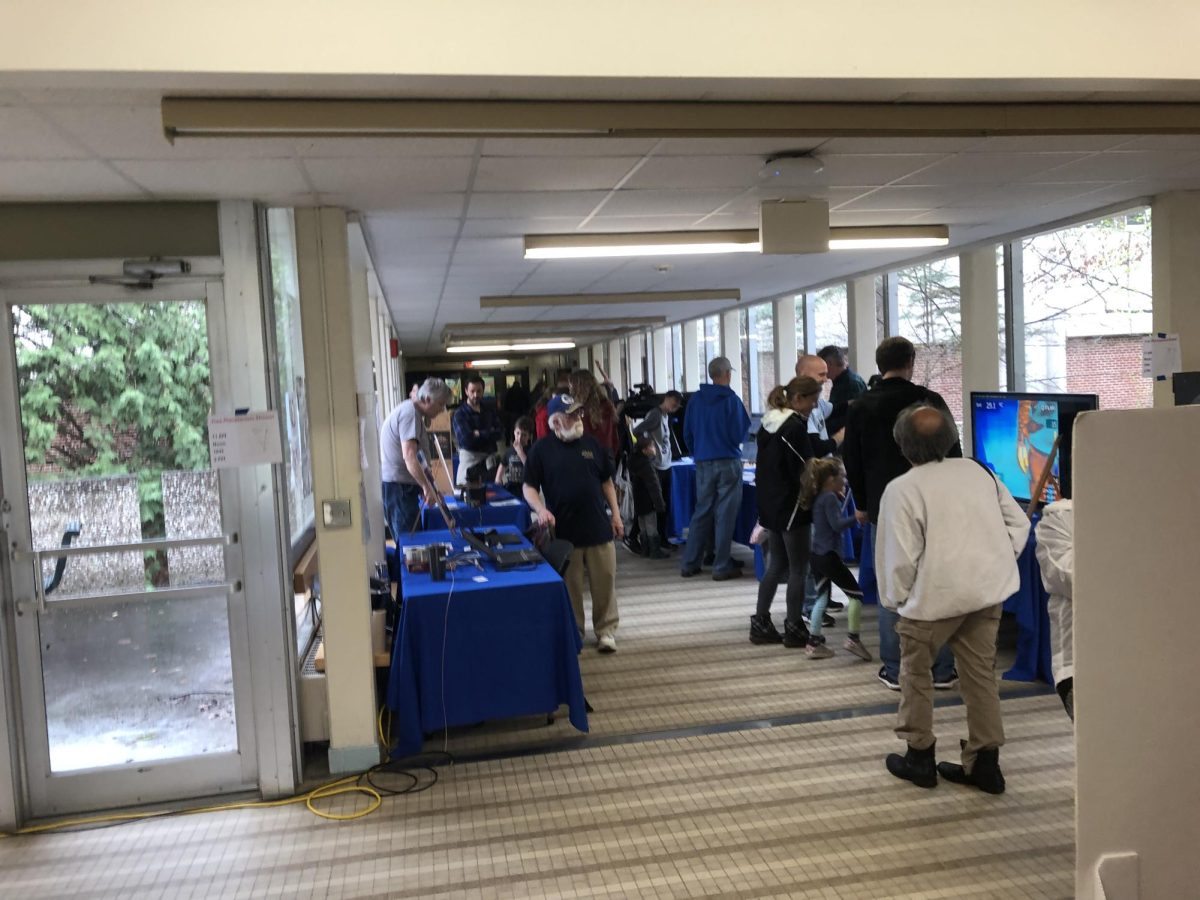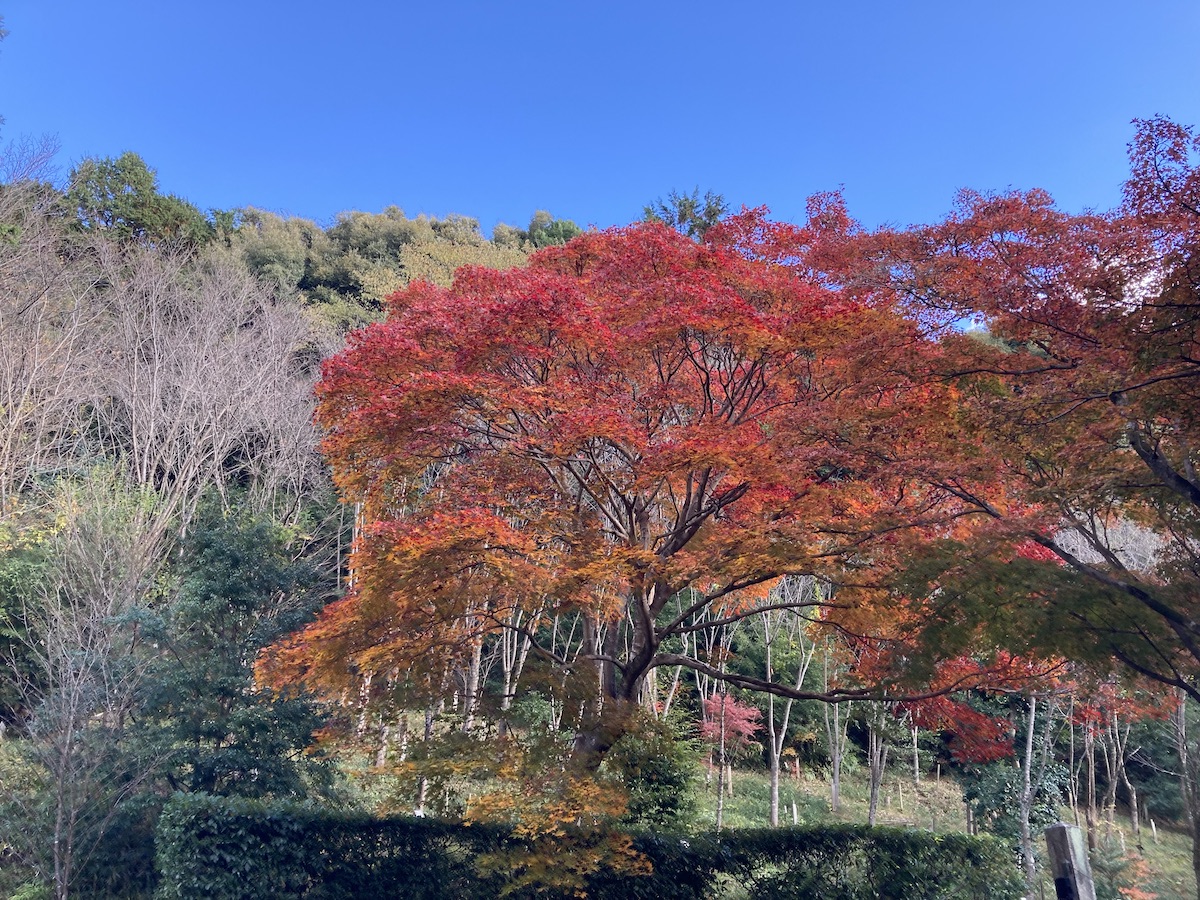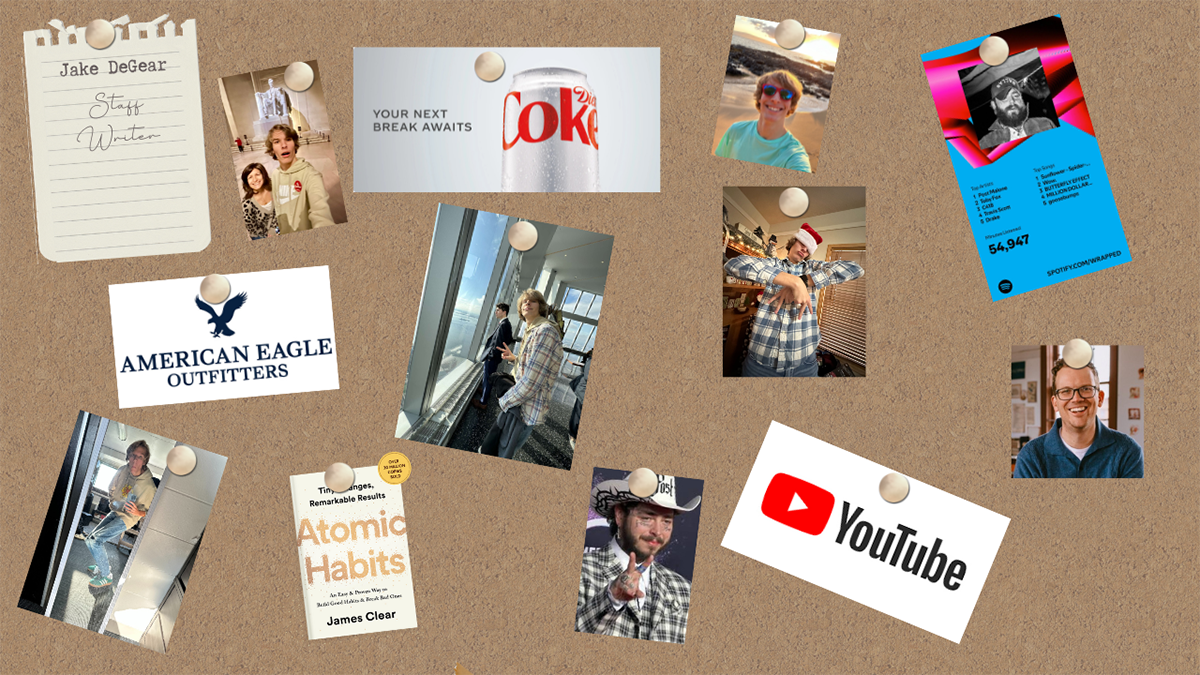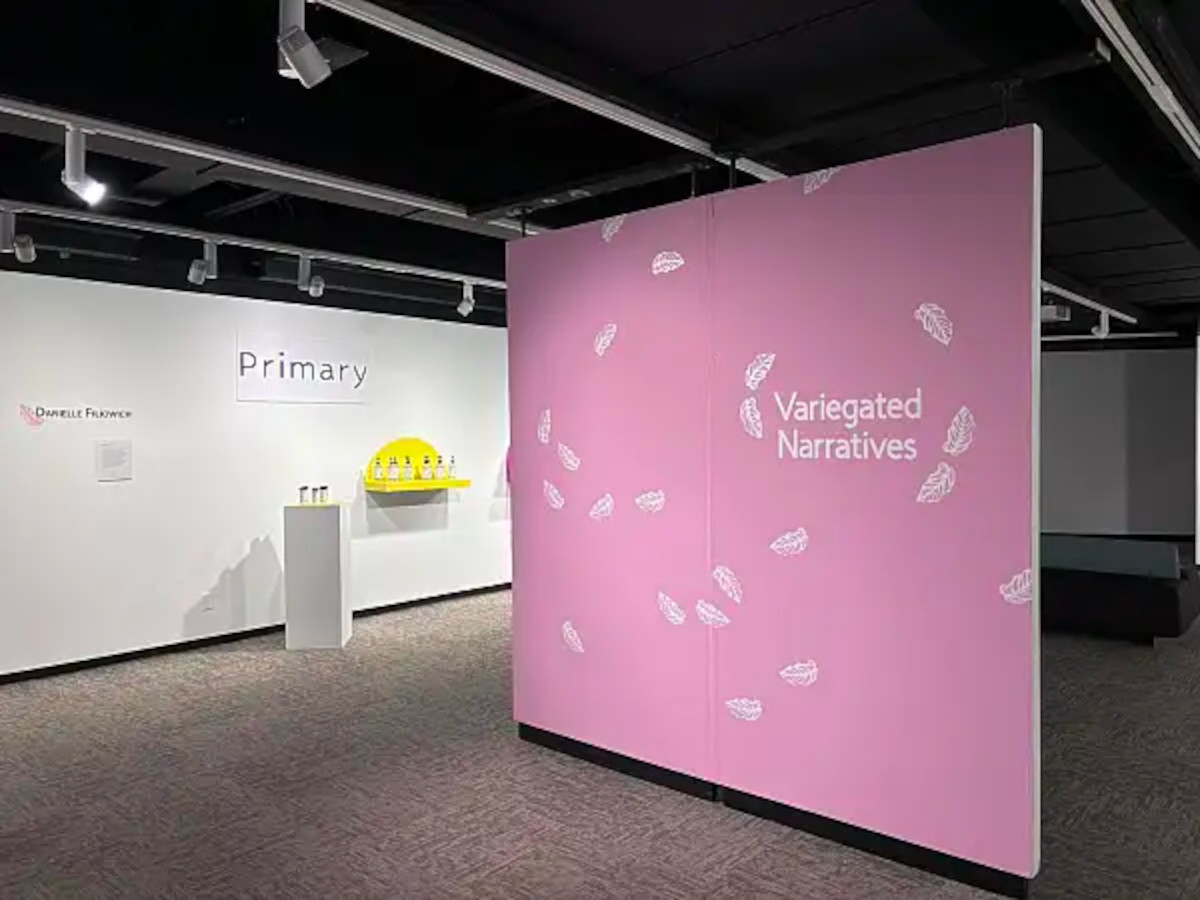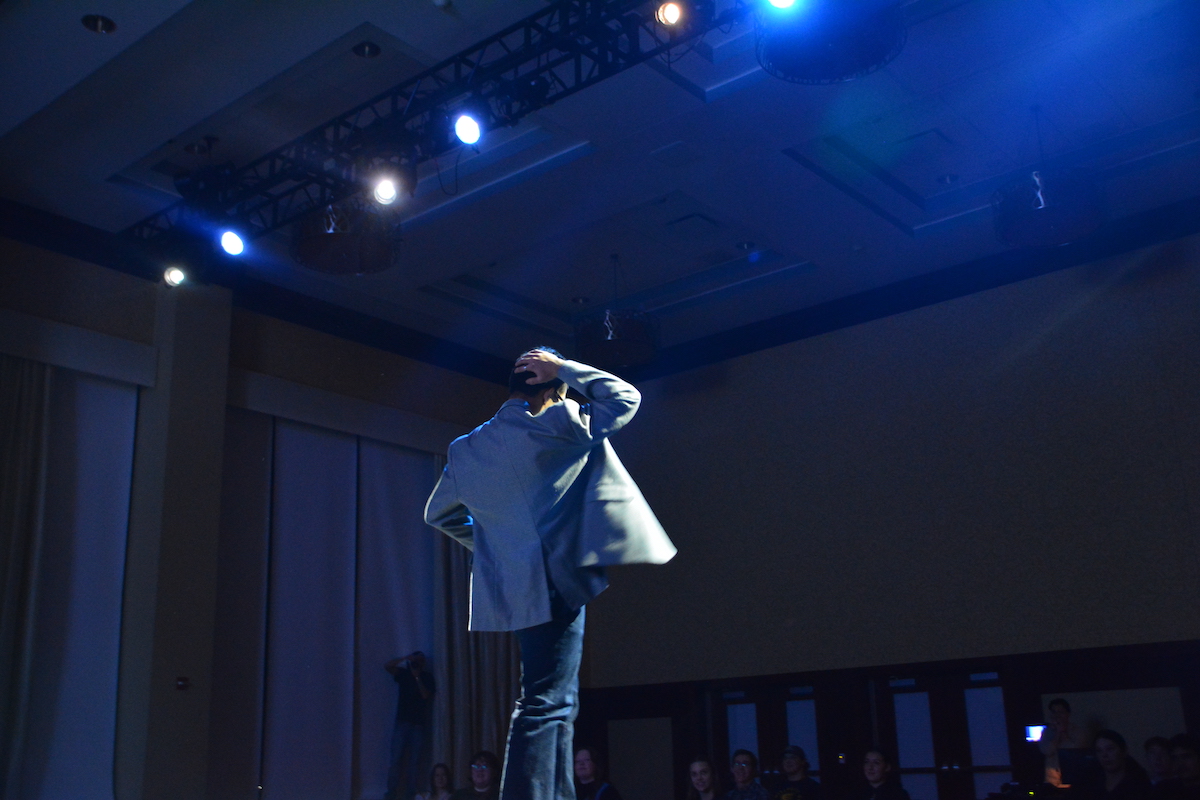Interactive exhibits and children lined the front entrance of Phillips Hall Saturday afternoon for Astronomy Day 2024.
The event is part of a joint collaboration between members of the Chippewa Valley Astronomical Society and the UW-Eau Claire physics and astronomy department. Members consist of all ages and walks of life, and among those presenting were former professors, a software engineer and a veteran.
Nathan Miller, professor of physics and astronomy at UW-Eau Claire currently oversees the event, which he believes began in the ‘90s.
“Initially they headed out to Beaver Creek reserve, where they actually had their night-time observatory,” Miller said, “but you need some directions to get out there in the country.”
In order to be more accessible to the public, the event was moved to the UW-Eau Claire campus.
This year’s edition of the event attracted about 30 guests in its first hour, most of whom were parents and small children.
“It’s just fun to see the little kids show up … through their eyes what they get from each thing,” Miller said.

Due to the recent solar eclipse and the weather that afternoon, the event had to forgo offering viewings of sunspots with a solar telescope. In order to safely view the sun, these telescopes have to use specialized lenses.
“If today weren’t cloudy, we would have solar telescopes also,” Miller said.
Even if they couldn’t experience the light rays outside, there were plenty of interactive activities to keep their interest. One exhibit featured several coffee cup-like objects filled based on how it would feel with the gravity of other planets in the solar system.
In another, kids could look through transparent cards at a light source and see different colored line patterns. Perhaps the most notable was one society member who would ask kids to hold out their hands, and place a rock in their hands before exclaiming “That’s four and a half billion years old.”
There’s a big emphasis on finding joy in science for all ages.
“It’s really common for people to not have had good experiences with physics and math in high school,” said Zoe Jach, a liberal arts physics student helping out with the event. “This gives an opportunity to show another side to it, show where a lot of the fun is.”
Jach has never taken an astronomy class at UW-Eau Claire but is very interested in the “science outreach” aspect of physics. Much of her required service hours at the university were spent volunteering in the planetarium on campus, which provided shows every hour at this year’s Astronomy Day.
“With the planetarium, we tend to get an older age range,” Jach said. “But in this one, there’s a lot of kids here and I’m hoping some of them will grow up to be future physicists.”
The university and local Astronomical Society collaborate with the Hobbs Observatory about 15 miles off campus in the Beaver Creek reserve. Twin domes housing computer-controlled and manual telescopes. It also serves as the base of operations for the Chippewas Valley Astronomical Society, which was established officially around 1982.
“When they opened the Hobbs Observatory, there were a bunch of local astronomers that wanted to get together and that’s how it came about,” said Peter Peloquin, one of the original charter members of the society.

Peloquin now works with radio astronomy, which is when astronomers use radio telescopes to observe radio waves but he became interested when he wrote an article on the topic during his junior year of high school.
The highlight of his early career in radio astronomy was in 1957 when his device picked up the Sputnik satellite as it passed over the U.S.
“I sent a copy of my recording to the Academy of Sciences, and Russia said they appreciated it and sent me back a thank you letter,” Peloquin said.
Peloquin said he continued some of his astronomy work while serving in the United States military.
His exhibit included charts of the radio wave patterns from the sun that morning, even through the clouds, and featured a single plastic straw from which kids see how limiting even a telescope is to the naked eye.
The Hobbs Observatory is open for public viewings every Saturday evening from May 11 to October 26 when the sky is clear. The viewing times vary due to sunset times, so check the Chippewa Valley Astronomical Society website for specifics.
Heidtke can be reached at [email protected].

